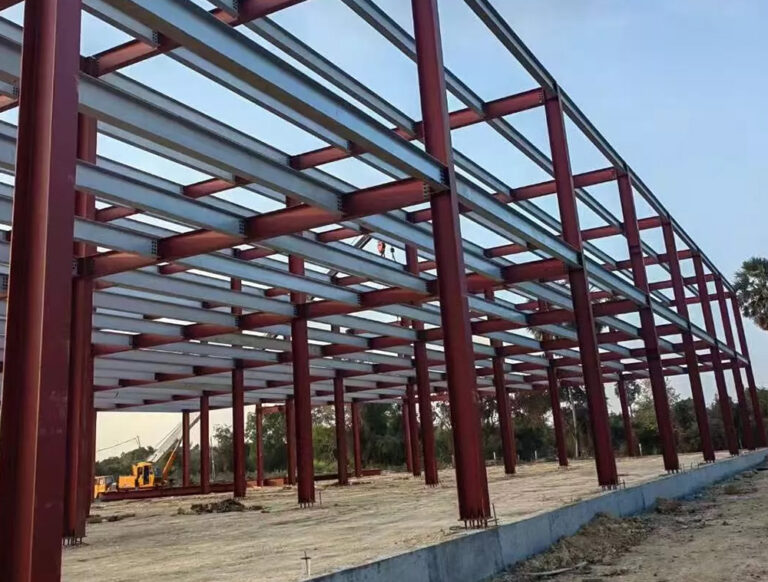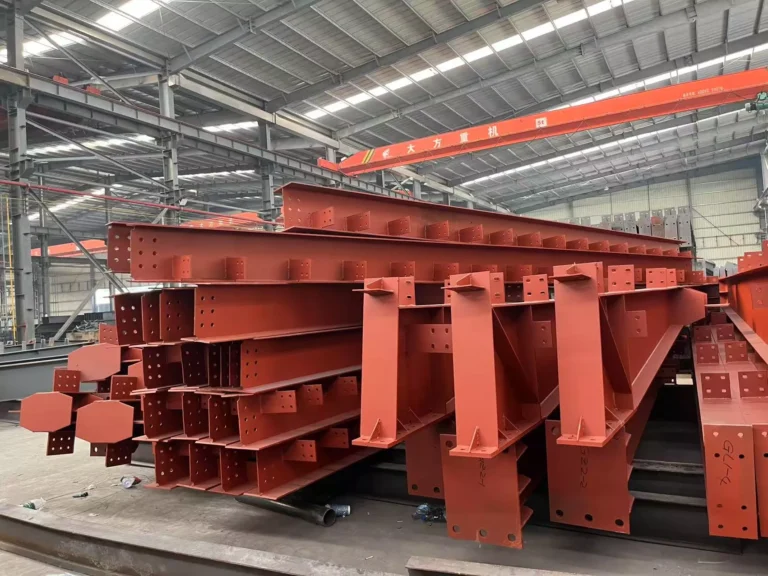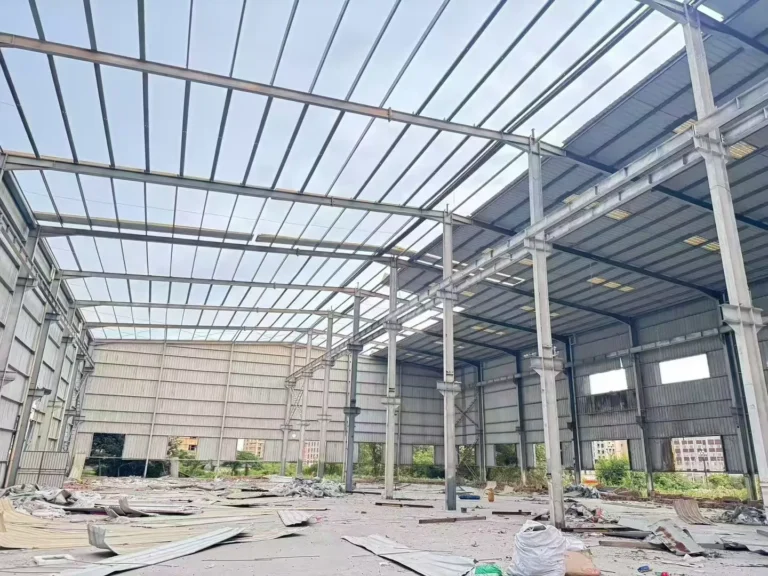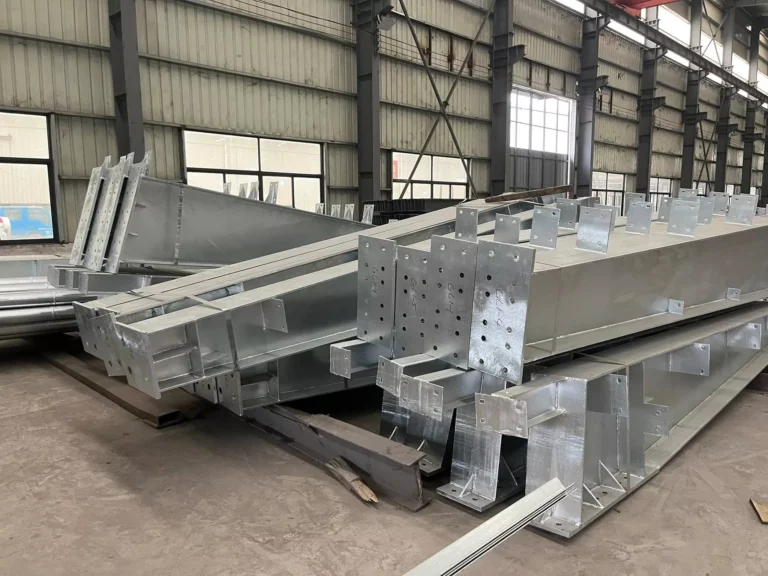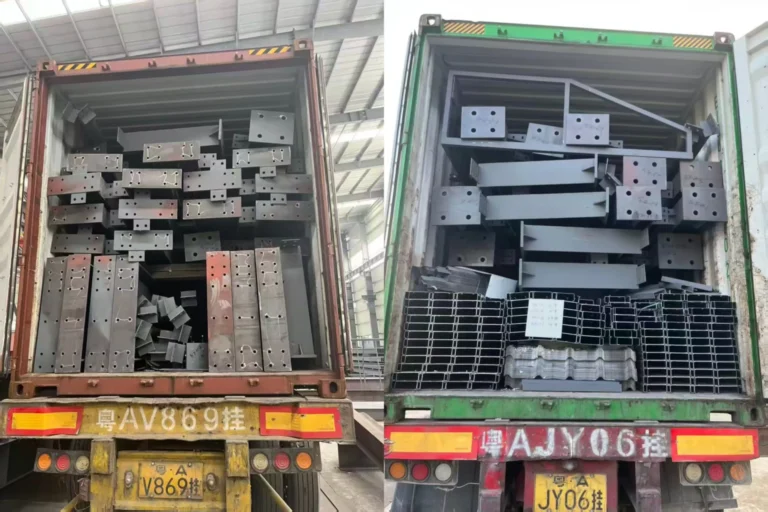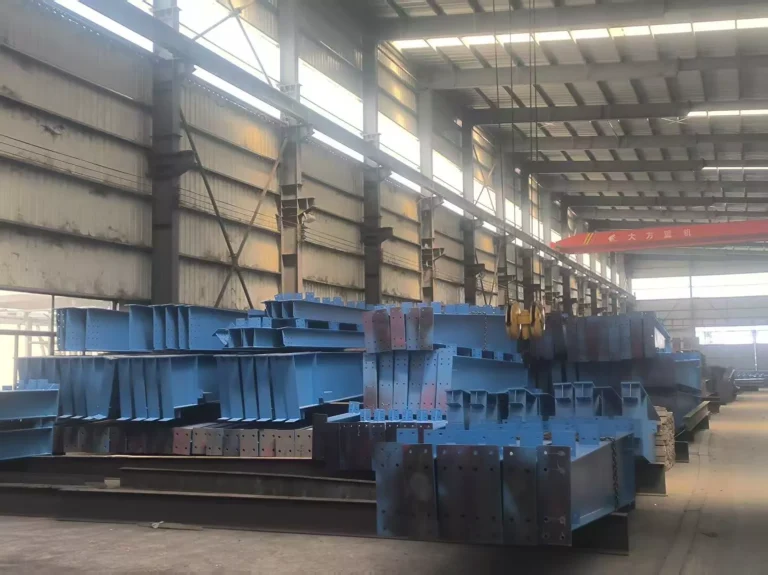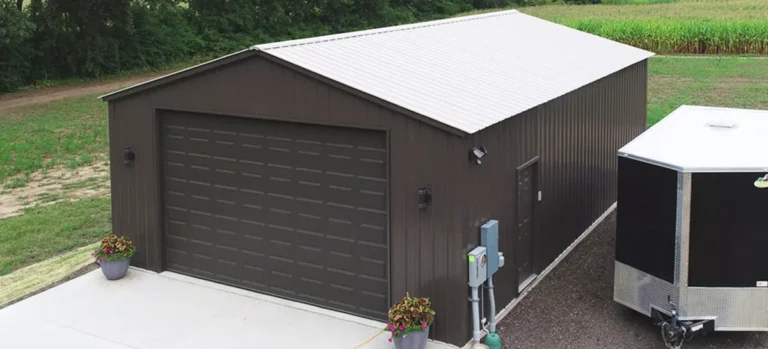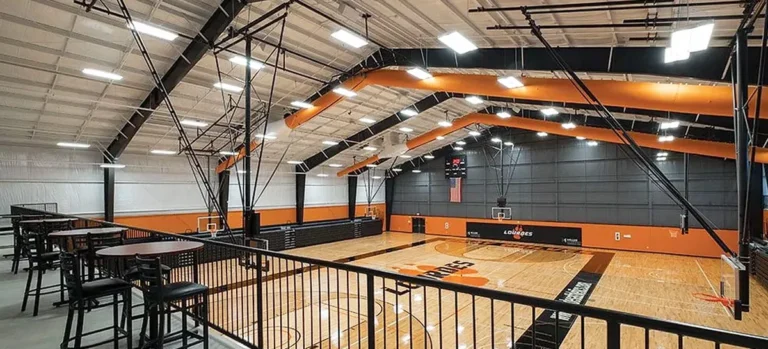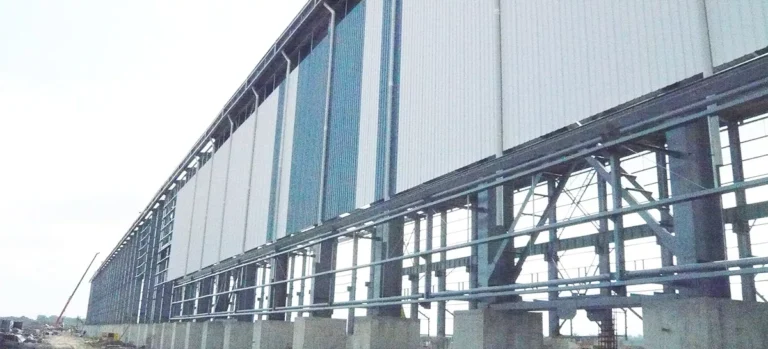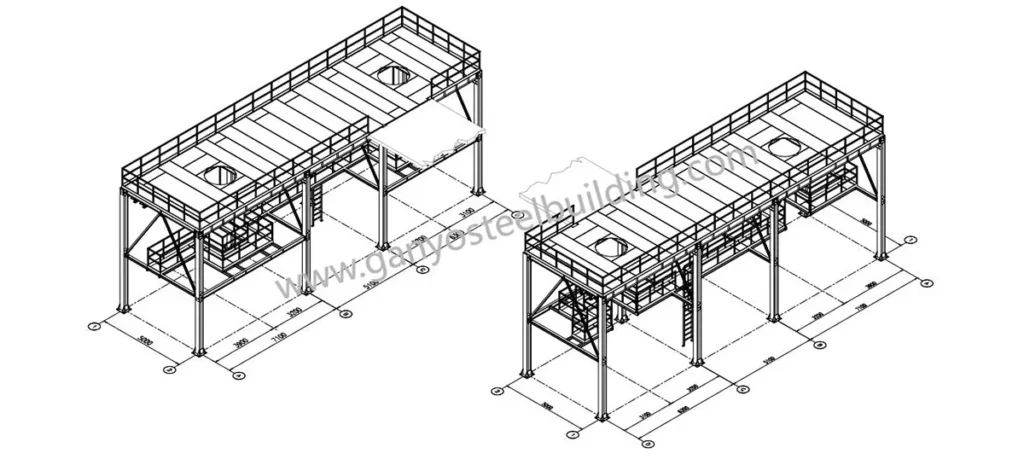
In industrial environments, safety is paramount. The right infrastructure can make a significant difference in reducing risks and ensuring the well-being of employees. Steel structure platforms are increasingly being recognized for their ability to enhance safety in industrial settings. These platforms provide a sturdy, reliable foundation for various operations, from storage to heavy machinery support. In this blog, we’ll explore how steel structure platforms contribute to employee safety and why they are an essential component in industrial safety strategies.
1. Strength and Stability
One of the primary safety benefits of steel structure platforms is their inherent strength and stability. Designed to support heavy loads and withstand harsh conditions, steel platforms provide a solid and secure working environment.
Key Benefits:
- Load-Bearing Capacity: Steel platforms are engineered to handle significant weight, reducing the risk of collapse or failure under heavy loads.
- Resistance to External Forces: Steel’s durability means it can withstand vibrations, impacts, and environmental factors, ensuring stability even in demanding industrial environments.
- Long-Term Reliability: The robust nature of steel ensures that platforms remain safe and functional over time, with minimal risk of structural degradation.
2. Enhanced Safety Features
Modern steel structure platforms are designed with a variety of safety features that protect employees from accidents and injuries.
Key Features:
- Guardrails and Handrails: Steel platforms often come equipped with sturdy guardrails and handrails to prevent falls, one of the most common causes of workplace injuries.
- Non-Slip Surfaces: Many steel platforms feature non-slip surfaces, reducing the risk of slips and falls, especially in environments where oil, water, or other liquids may be present.
- Access Control: Steel platforms can be designed with controlled access points, such as gates and ladders, to ensure that only authorized personnel can enter certain areas, reducing the risk of accidents.
3. Customization for Specific Safety Needs
Steel structure platforms offer a high degree of customization, allowing them to be tailored to meet the specific safety requirements of an industrial setting.
Key Customization Options:
- Height Adjustments: Platforms can be designed to specific heights, ensuring that employees work at the safest and most ergonomic level for their tasks.
- Load-Specific Design: Platforms can be customized to handle specific types of loads, whether it’s heavy machinery, storage racks, or conveyor systems, ensuring that the structure supports safe operations.
- Environmental Considerations: In environments with hazardous materials or extreme temperatures, platforms can be designed with materials and coatings that resist corrosion, fire, or chemical exposure, enhancing safety.
4. Improved Visibility and Lighting
Steel platforms can be designed to improve visibility and lighting in industrial settings, reducing the risk of accidents caused by poor visibility.
Key Benefits:
- Integrated Lighting Solutions: Steel platforms can incorporate lighting systems directly into their design, ensuring that all areas are well-lit and reducing the risk of accidents caused by poor visibility.
- Open Design: The structural design of steel platforms often includes open or grated floors, allowing light to pass through multiple levels and improving overall visibility.
- Reflective Markings: Reflective paint or markings can be added to steel platforms to enhance visibility, especially in low-light conditions or emergency situations.
5. Fire Resistance
Steel is inherently fire-resistant, which can be a critical safety feature in industrial settings where fire hazards are present.
Key Benefits:
- Fire-Resistant Properties: Unlike materials like wood or plastic, steel does not burn, and its fire-resistant properties can help contain the spread of fire, giving employees more time to evacuate safely.
- Structural Integrity: In the event of a fire, steel platforms maintain their structural integrity longer than many other materials, providing a safer environment for emergency response and evacuation.
6. Durability and Low Maintenance
The durability and low maintenance requirements of steel structure platforms contribute to a safer working environment by reducing the likelihood of unexpected failures or accidents due to wear and tear.
Key Benefits:
- Minimal Wear and Tear: Steel’s durability means that platforms require less frequent maintenance, reducing the risk of accidents caused by structural failures or deteriorated components.
- Predictable Maintenance Schedules: The predictable maintenance needs of steel platforms make it easier to plan and schedule regular inspections and repairs, ensuring that safety features remain effective over time.
- Corrosion Resistance: With appropriate coatings and treatments, steel platforms can resist corrosion, even in harsh environments, ensuring long-term safety.
7. Compliance with Safety Regulations
Steel structure platforms are designed to meet or exceed industry safety regulations, ensuring that your facility remains compliant with local and international safety standards.
Key Benefits:
- Regulatory Compliance: Steel platforms are often designed to comply with OSHA, ANSI, and other relevant safety standards, reducing the risk of non-compliance penalties and ensuring a safe work environment.
- Auditable Safety Features: The clear, auditable design of steel platforms makes it easy to demonstrate compliance with safety regulations during inspections and audits.
- Future-Proof Design: As safety regulations evolve, steel platforms can be easily upgraded or modified to meet new standards, ensuring long-term compliance and safety.
Conclusion
Steel structure platforms are an invaluable asset in enhancing employee safety in industrial settings. Their strength, stability, and customizable features make them ideal for supporting safe operations, while their durability and low maintenance needs contribute to a safer working environment over time. By investing in well-designed steel platforms, businesses can significantly reduce the risk of accidents and create a safer, more efficient workplace.
For more information on how steel structure platforms can enhance safety in your industrial setting, contact Ganyo Steel Structure. Email: lizzy@ganyosteelbuilding.com

